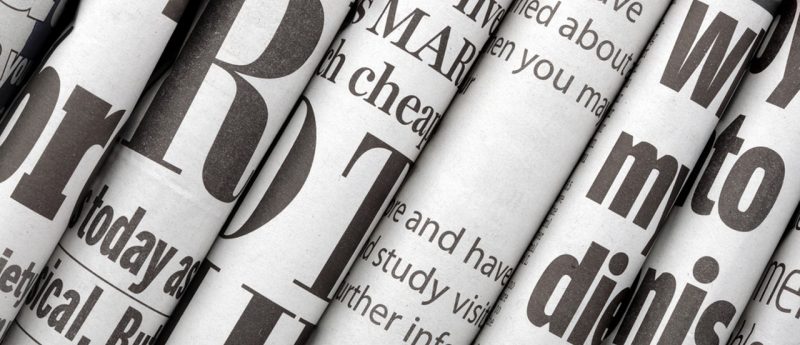Have scientists found a new use for bubble wrap?

A group of scientists from Harvard University (MA, USA) have recently suggested a new use for bubble wrap. The team investigated the feasibility of using the bubbles as ‘test tubes’, in order to carry out bioanalytical tests in resource-limited settings.
They demonstrated the potential of this novel material by injecting liquid samples into the air-filled bubbles, sealing the resultant hole with nail hardener, and then carrying out various analytical tests.
In their paper, the authors describe the advantages and disadvantages offered by bubble wrap in this setting. One disadvantage is that the samples would have to be handled very carefully, since the bubble wrap is delicate.
The material does however offer many advantages. It is available worldwide, can be easily disposed of by burning, is flexible (so can be easily stored), and – unlike glass containers – there are no sharp edges if broken. In addition the team demonstrated that the inside of the bubbles is sterile, therefore eliminating the need for sterilization equipment (particularly advantageous in regions with limited access to electricity to power such processes).
The team demonstrated various different bioanalytical applications for this material. First, since the bubble walls are transparent, the bubbles can be used like cuvettes – allowing spectrophotometric analysis of samples. The team demonstrated this by measuring both glucose and hemoglobin in blood samples, indicating potential future applications in diabetes and anemia tests.
Second, the bubbles are permeable to gasses, and can therefore be used to store micro-organisms. To prove this, the team cultured both Escherichia coli and Caenorhabditis elegans in the bubble wrap.
Lastly, the team incorporated carbon electrodes into the material, and thus indicated the potential of this material in electrochemical analysis; carrying out electrochemical ferrocyanide analysis.
The research was funded by the Bill and Melinda Gates Foundation, and is outlined in a recent publication in Analytical Chemistry.
Source: Bwambok DK, Christodouleas DC, Morin SA, Lange H, Phillips ST, Whitesides GM. Adaptive use of bubble wrap for storing liquid samples and performing analytical assays. Anal. Chem. DOI: 10.1021/ac501206m (2014) (Epub ahead of print).
